THIS ARTICLE/PRESS RELEASE IS PAID FOR AND PRESENTED BY NTNU Norwegian University of Science and Technology - read more
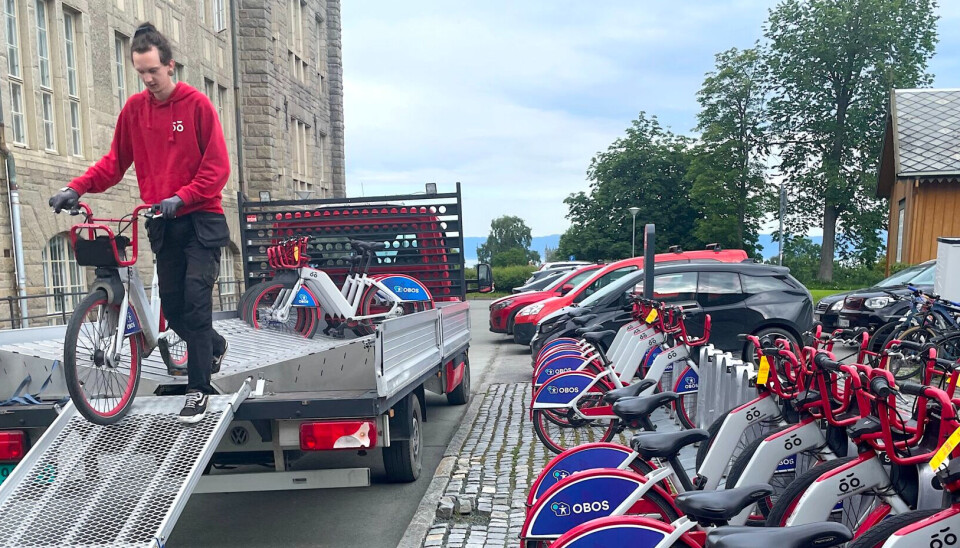
Making bike-sharing work
Bike-sharing is a way for cities to cut their greenhouse gas emissions while limiting urban congestion. But bikes have to be available when and where people want them. A new approach can help by ensuring bikes are in the right place at the right time.
They’re everywhere, from Berlin to Beijing, brightly coloured bicycles you can borrow to move around the city without a car. These systems, along with e-scooters, offer people a quick and convenient way to travel around urban areas. And at a time when cities are scrambling to find ways to meet their climate goals, they’re a welcome tool for urban planners.
Making sure the bikes and e-scooters are on hand can be something of a challenge — but it’s also key to the success of the offer, says Steffen Bakker, a researcher at NTNU’s Department of Industrial Economic and Technology Management who studies ways to make transport greener and more efficient.
“If a system like this is going to be successful, then we need to have user satisfaction,” Bakker says. “People want the bikes to be there when they want to use them, and they will only want to use the system if it’s a good service.”

Bakker was a co-author on a recent paper that describes an optimisation model to help cities and companies do a better job keeping their bike-sharing customers happy.
Like shooting a moving target
Consider the challenges of providing bikes or scooters where and when people will want them.
Researchers describe the problem as being dynamic, because it is always changing, and stochastic, because it changes in random and often difficult-to-predict ways, Bakker says.
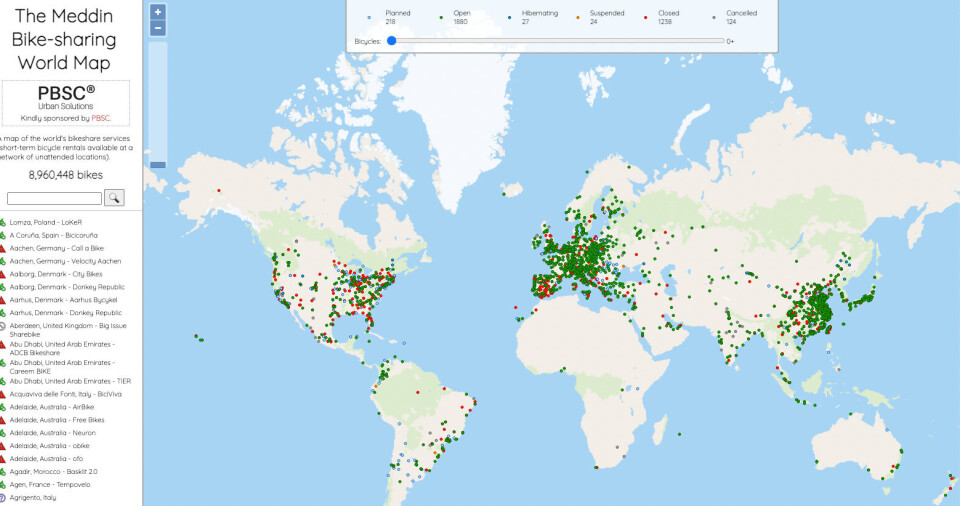
“Bike-sharing system users pick up bikes in one place, and they move it somewhere else. And then the state of the system changes because all of a sudden, the bikes are not where they started, which is the dynamic part,” he says. “But then on top of that, you don’t know when the customers will pick up the bikes and where they will put them. That’s the stochastic part. So if you want to plan at the start of the day, you don’t know what is going to happen.”
Bakker and his colleagues can use the huge treasure trove of data collected by bikes and e-scooters when they are in use to make predictions. But there’s no guarantee that the way bikes were used last Tuesday, for example, will be the same the following Tuesday, he says.
“You have to adjust for things that occur during the day,” Bakker says. “Maybe all of a sudden, there’s an event happening or the weather changes, and then people don’t use the service and the demand pattern changes, which impacts the planning.”
Putting the pieces together
What Bakker and his colleagues have developed is an optimisation model that can give recommendations about what the service operators should do.
This includes what service vehicles should do at the station they’re currently at — whether they should drop off or pick up bikes, or swap out batteries for e-bikes and scooters — and where to go next. The underlying calculations are based on what has happened so far during the day, and what is expected to happen in the near future.
The group’s research is funded a part of a NOK 10 million project financed by the Research Council of Norway called the Future of Micro mobility (FOMO), with the company Urban Sharing AS as the lead business on the grant.
“Through Pilot-T, we plan to use existing city bike systems as test bases, and by developing new decision support tools, the aim is to increase the efficiency of the rebalancing teams by 30 per cent and the lifetime of the bikes by 20 per cent,” Jasmina Vele, project manager at Urban Sharing, says. “This can be realised through better decisions related to rebalancing and preventive maintenance, and this will correspond to a large cost reduction in existing city bicycle systems.”
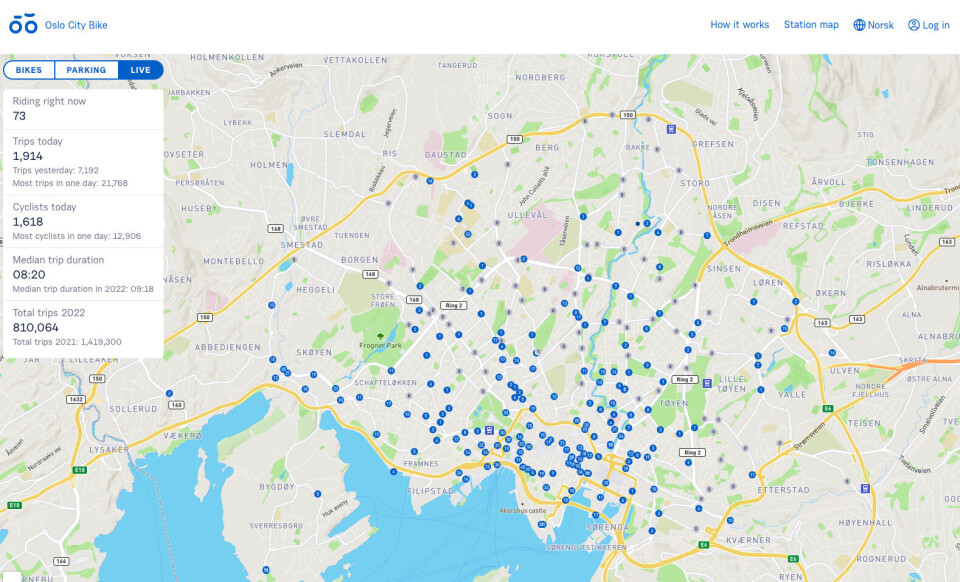
Moving bikes in the most efficient way
The process of collecting and moving bikes from one bike parking station to another is called 'rebalancing'. Using the optimisation model, which is still in its development phase, allows the drivers to be sent a new plan every time they arrive at a bicycle station.
“You don’t make just one plan at the start of the day, but what we do is we make a new plan every time a vehicle arrives at a bicycle station,” Bakker says. “And when the car arrives at the station we’ll tell them, ‘Okay, pick up this many bikes or drop off this many bikes’.”
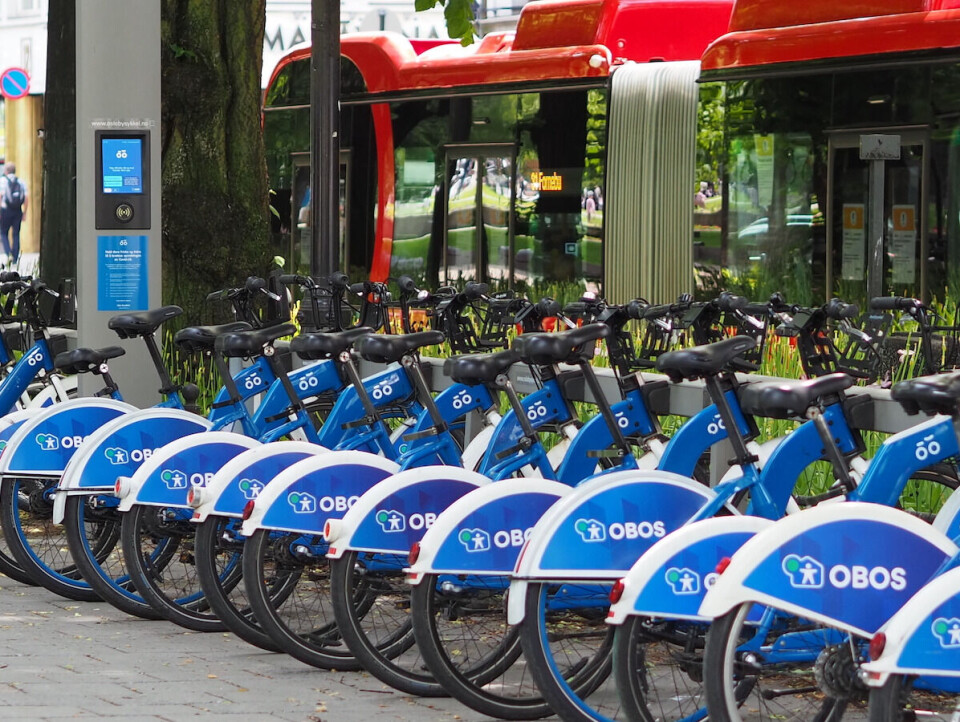
But here’s where the tricky part comes in. It’s important not to be too myopic by just focusing on the current state of the system, Bakker says, especially if it’s expected that certain stations will have more demand within the next hour or so.
“It’s very complex, because it’s a big system,” he says. “Maybe there’s going to be a lot of demand at the station in one hour. So you already want to bring some bicycles there. But at the same time, there may be stations now that are almost empty, and they need some bicycles. So you need to figure out this trade off.”
It’s also important to coordinate pickups and drop-offs between the different vehicles that are servicing the bike-sharing network, he said.
Digital twins and computational time
Bakker and his colleagues are working with NTNU’s Department of Computer Science to create a 'digital twin', or a computer simulation, of the systems they are modelling, so they can try out different approaches without actually having to test them in the real world.

Initial tests showed that the model the group generated can reduce the number of problems (meaning either not enough bikes where the user wants one, or too many bikes so the user can’t park the bike) by 41 per cent compared to not doing any rebalancing at all.
Compared to the current rebalancing practices of Oslo City Bikes, which is also a collaborator in the NFR grant, the number of problems was reduced by 24 per cent. Bakker says newer versions of the model show even more potential.
Simpler approaches possible too
Not surprisingly, the kinds of calculations needed to make the model work are complex, and researchers need to fine-tune the different parameters affecting the performance of the model.
Bakker and his colleagues have also worked on one component of the optimisation model called criticality scores, which is a little simpler and can be used independently of the larger optimisation model.
A criticality score is basically a score given to different bike sharing parking areas based on the number of bikes it currently contains or needs. These scores are relatively simple to calculate and can be provided to drivers as they travel around the city to rebalance the number of bikes at each station.
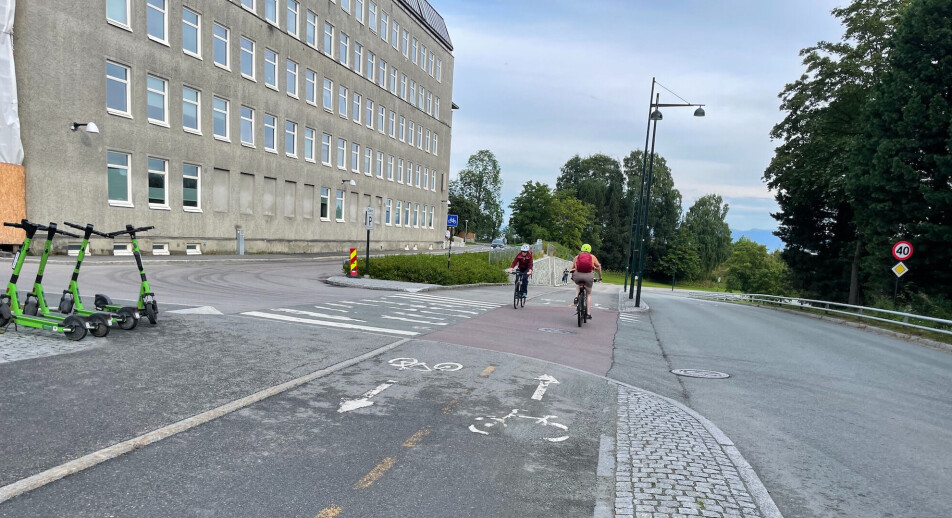
“It’s a score that tells the driver which station is most critical to visit,” Bakker said. “If you can present that to the person driving the car and say these are the stations with the highest criticality score, we can provide something that is not the best, but it’s probably good, and much better than what bike-sharing companies do now.”
Urban Sharing’s Vele says using these kinds of optimisation models can help make bike-sharing an important component in urban transport.
“Urban Sharing’s vision for future mobility is a transport system that is responsive and adaptive. By using data and machine learning/optimisation algorithms, we can combine the best of both traditional and modern transport systems, and create a resource-efficient system that responds to demand and adapts to users’ individual needs,” she said.
Reference:
Gleditsch et al. A column generation heuristic for the dynamic bicycle rebalancing problem, European Journal of Operational Research, 2022. DOI: 10.1016/j.ejor.2022.07.004
Read more content from NTNU:
-
Are you more jealous of emotional or sexual infidelity?
-
More than 120,000 Norwegians suffer from work-related anxiety
-
Forever chemicals affect ducklings' genes while they are still in the egg
-
Why are pregnant women in Norway so worried?
-
Politics on Facebook: Populist parties choose divisive issues on purpose
-
Social media is connected to cyberbullying – but not how we thought





































